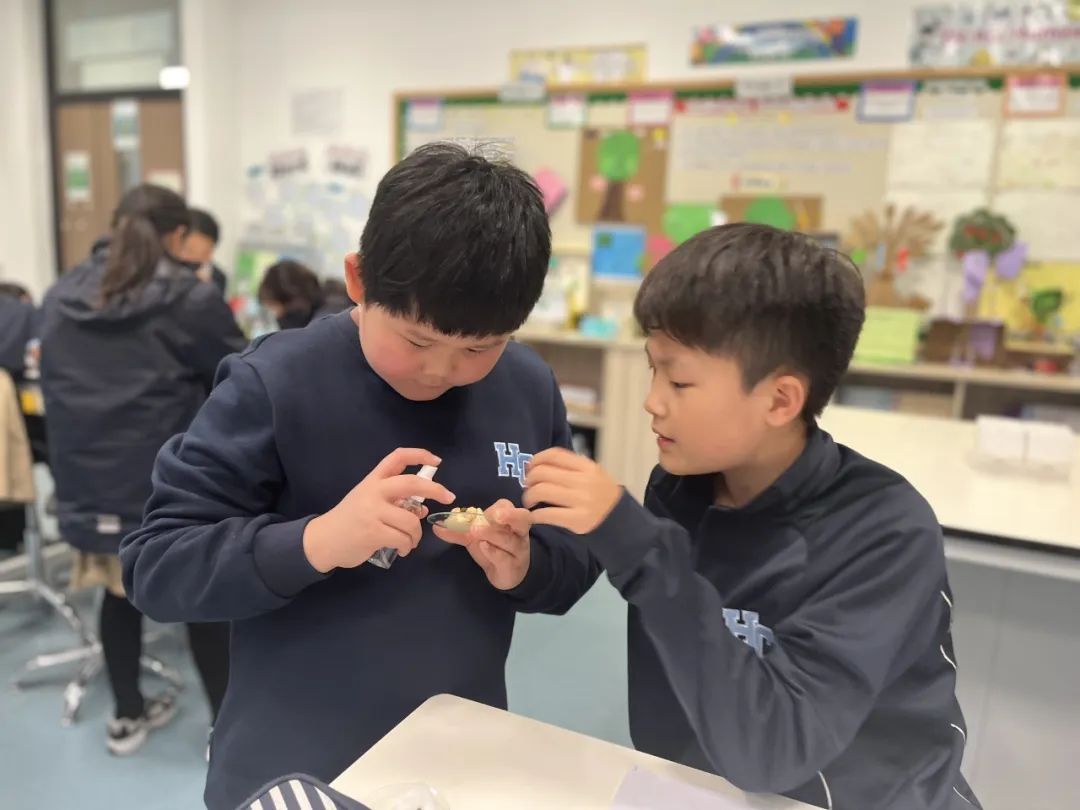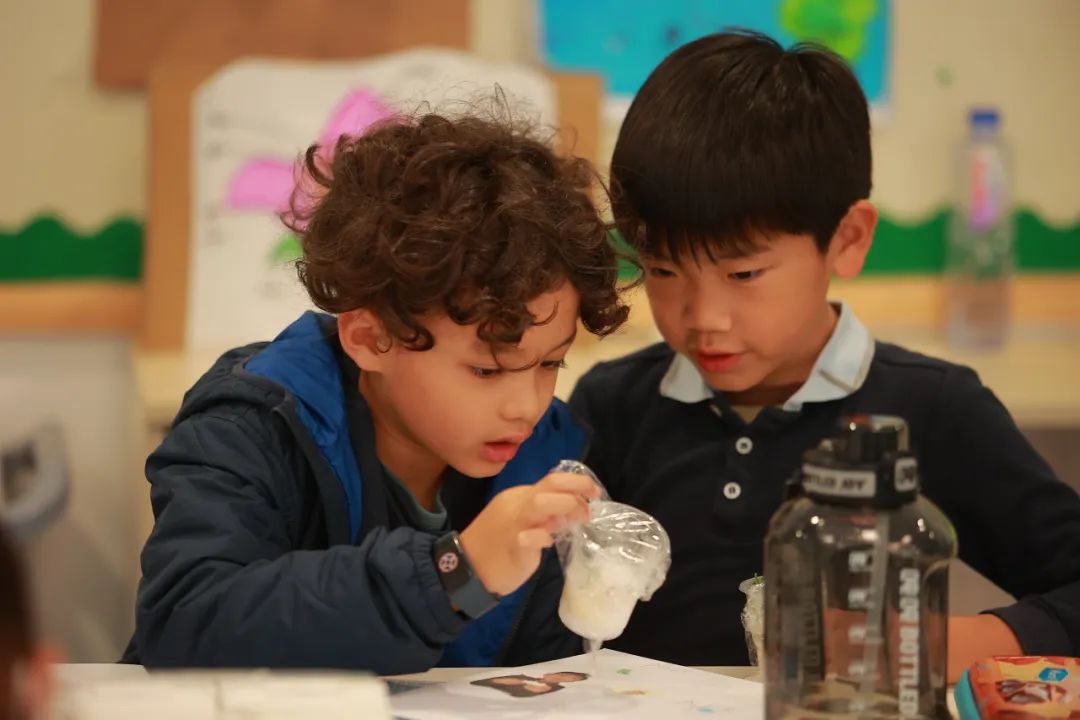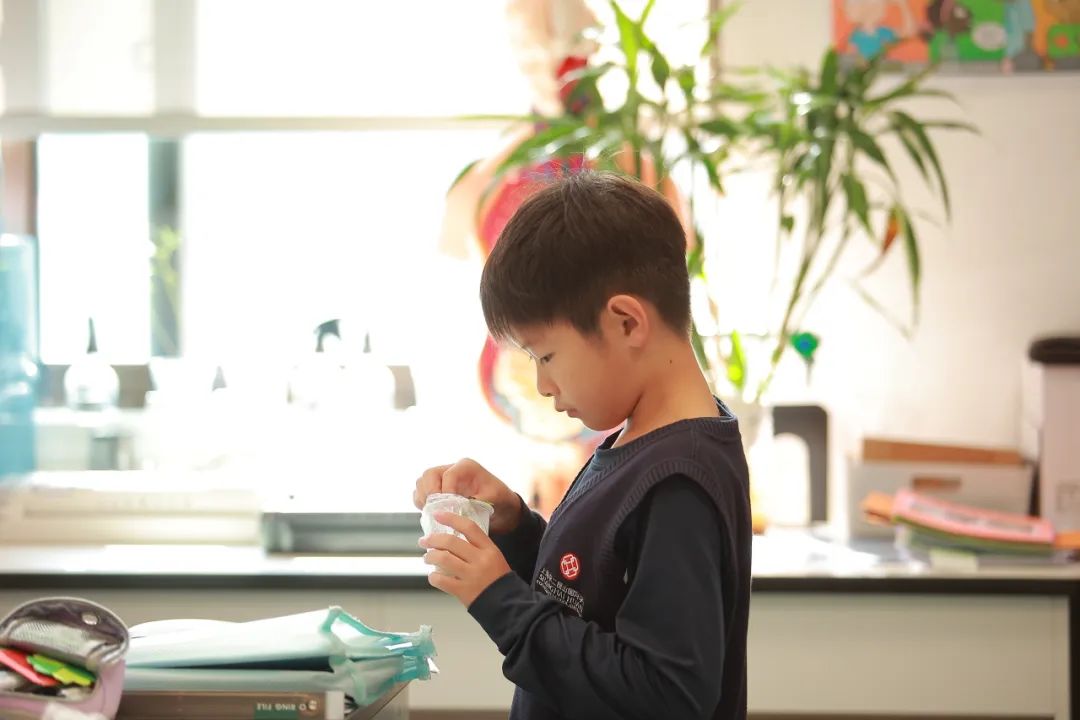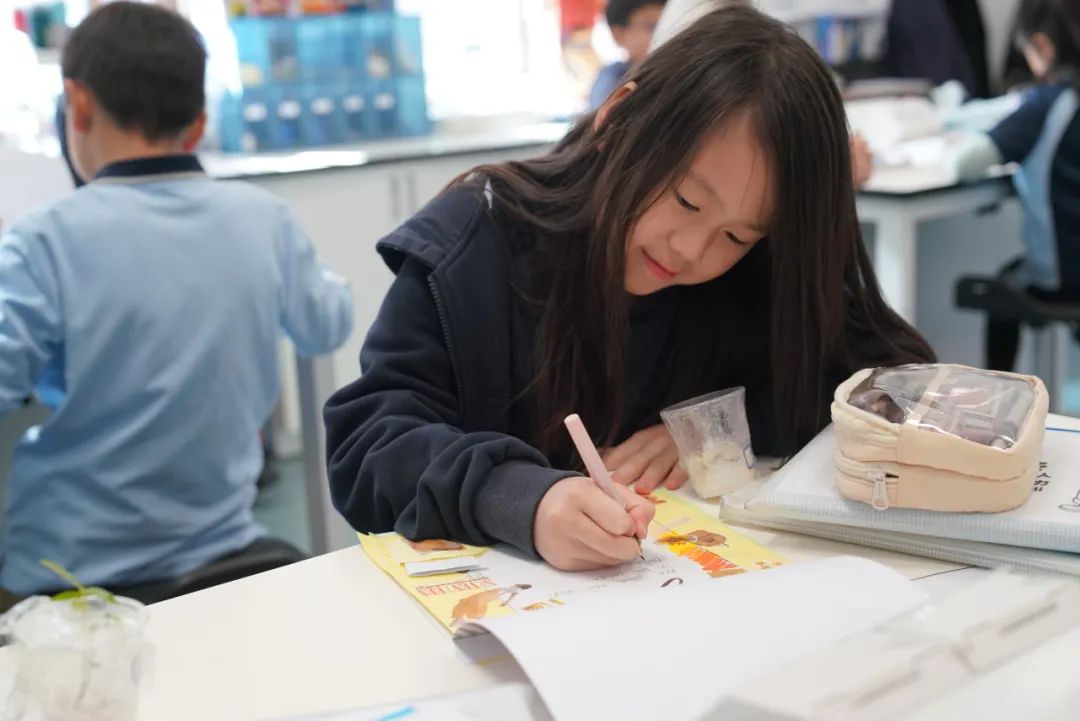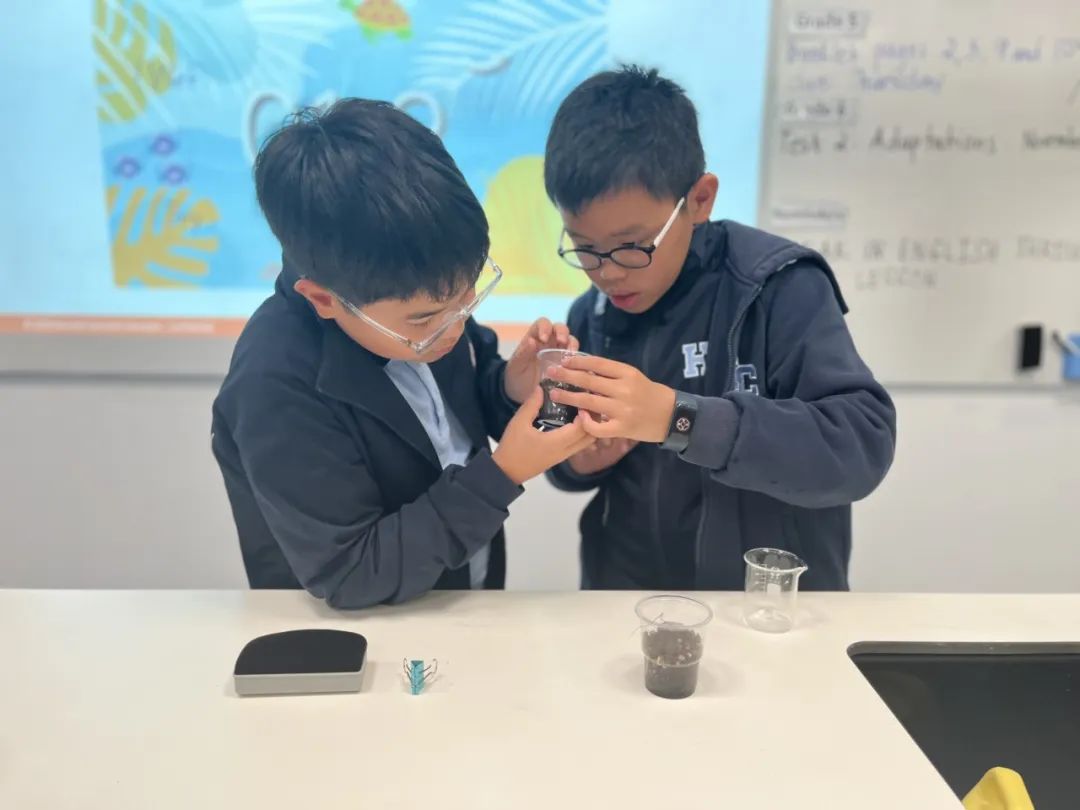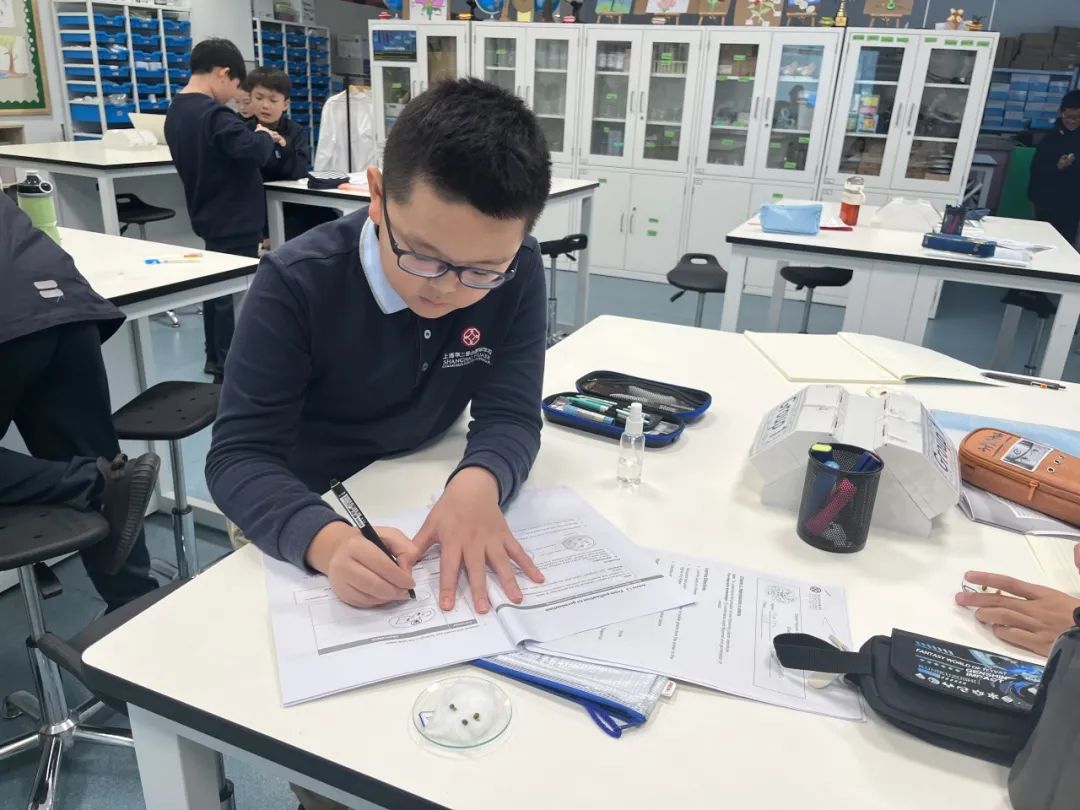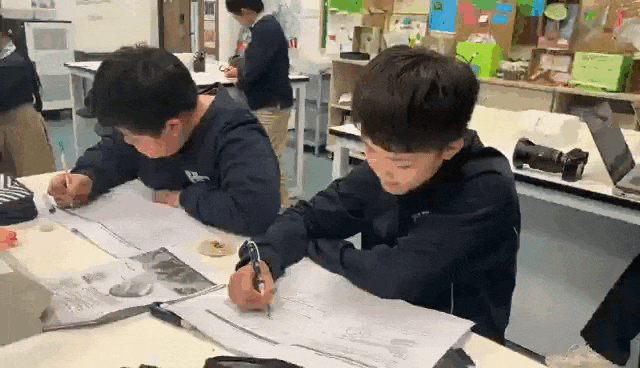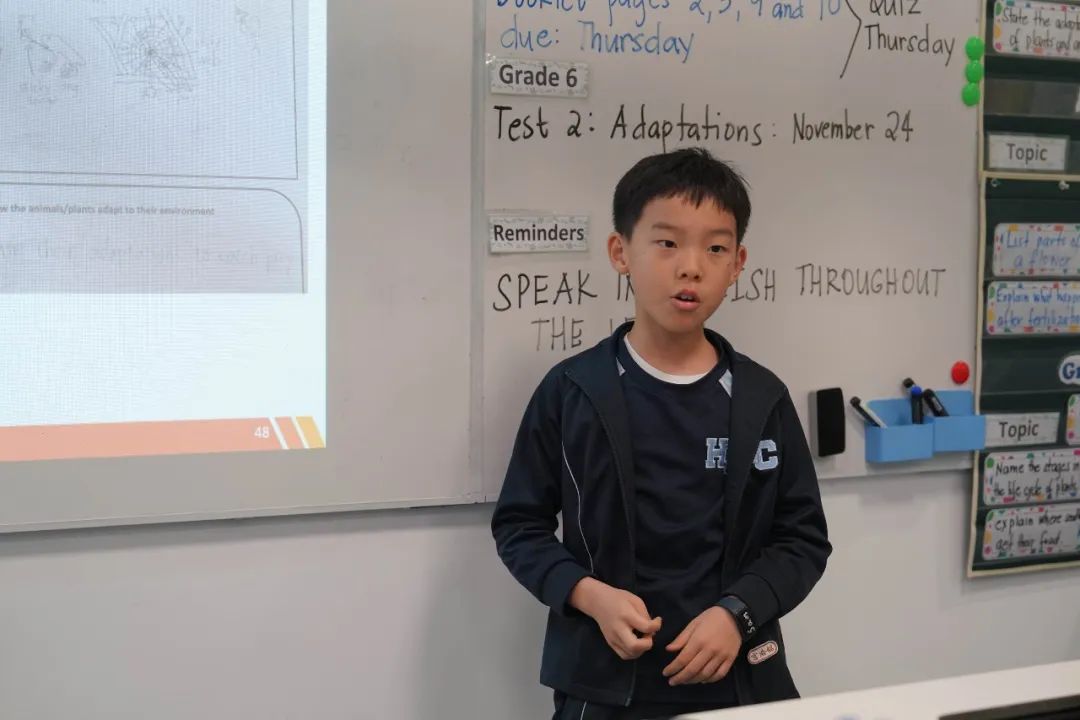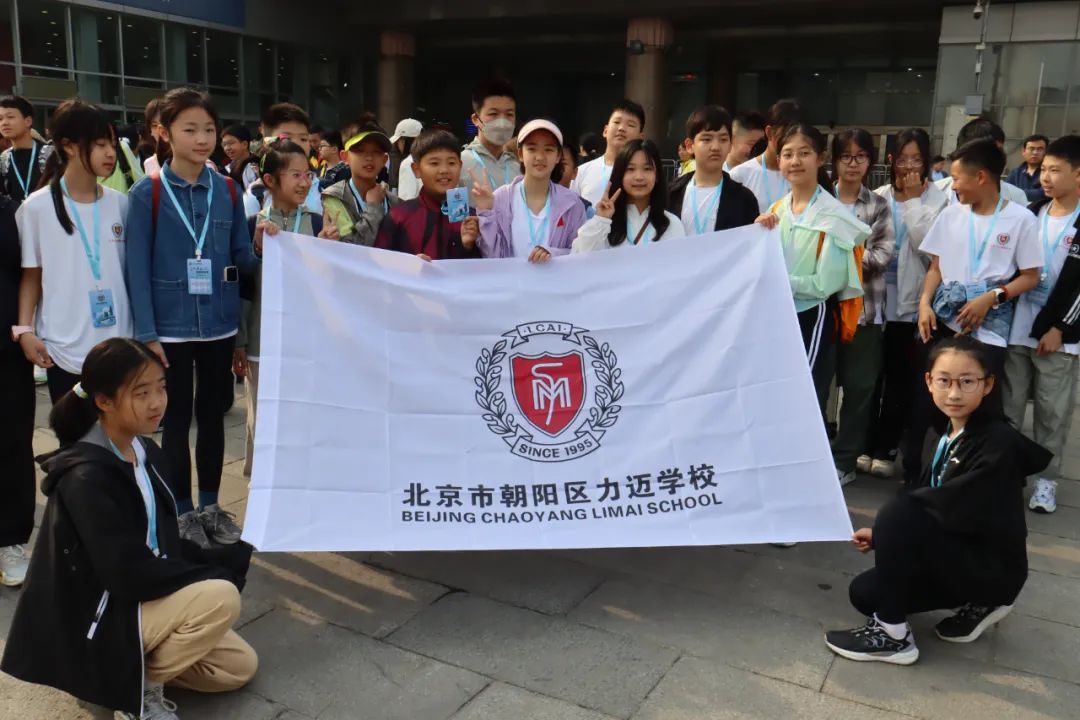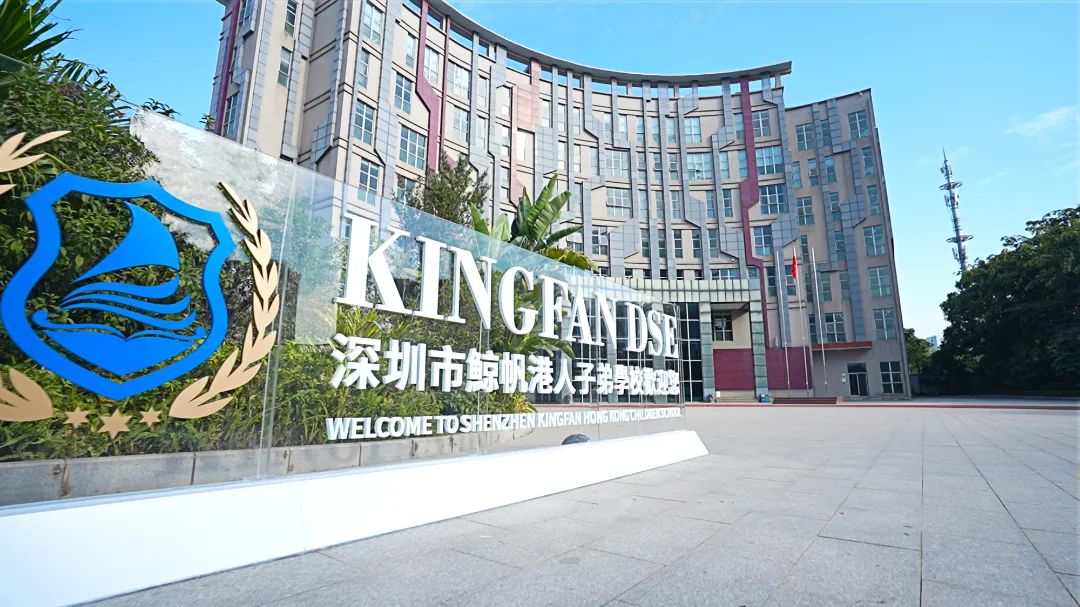In their presentations, they expressed more that, "I figured out what's real instead of letting someone else tell me what's real, and I learned how to think objectively as well as deconstruct problems." These are all integral parts of scientific literacy.
As educational psychologist Benjamin Bloom's taxonomy suggests, the study of goals and activities that promote higher-level thinking requires that we start at the lowest level of "memorization" and continue to improve our thinking if we want to make a real difference. Creativity occurs when scholars develop their critical faculties, integrate science, technology, engineering, art, and math in the process of active learning and practice, and acquire problem-solving skills.

After Mila taught him the concept of energy, George used batteries, corrugated paper, syringes, rubber tubing, and other materials to create a device that simulated an energy conversion; although Mila praised him for his creativity, he was not satisfied enough and wanted to try to use coal to create an effect similar to that of a steam engine.
Another example is that after learning the constellations, in order to present it visually, George and his classmates used LEDs to make a star chart; and punched the relative positions of the stars into a small bottle, which only needed a small flashlight to project the cluster of stars.
Under this philosophy, which emphasizes independent exploration and interdisciplinarity, George even developed his own "aesthetics" of the discipline at an early age, saying that "good technology design must be a combination of aesthetics and utility, and you can't have one without the other." And this is coming from a grade 6 kid.
George also likes to communicate with his art teacher Bin. Although he majored in oil painting, he is also a skilled artist in a variety of fields such as cartooning, mechanics, and building models, etc. George assembled a model gun under the guidance of Mr. Bin some time ago, and added colorful paintings on the model gun.
From single to multiple, from discovery to exploration to creation, from scientific thinking to scientific literacy. Our science classes cultivate the scholars' critical thinking skills, creativity, interdisciplinary abilities, and practical problem-solving skills. Only in such learning can scholars have the autonomy and self-drive to learn for the unknown.
Make dreams not empty, make science not rigid. In HC's science class, we see such a future.
